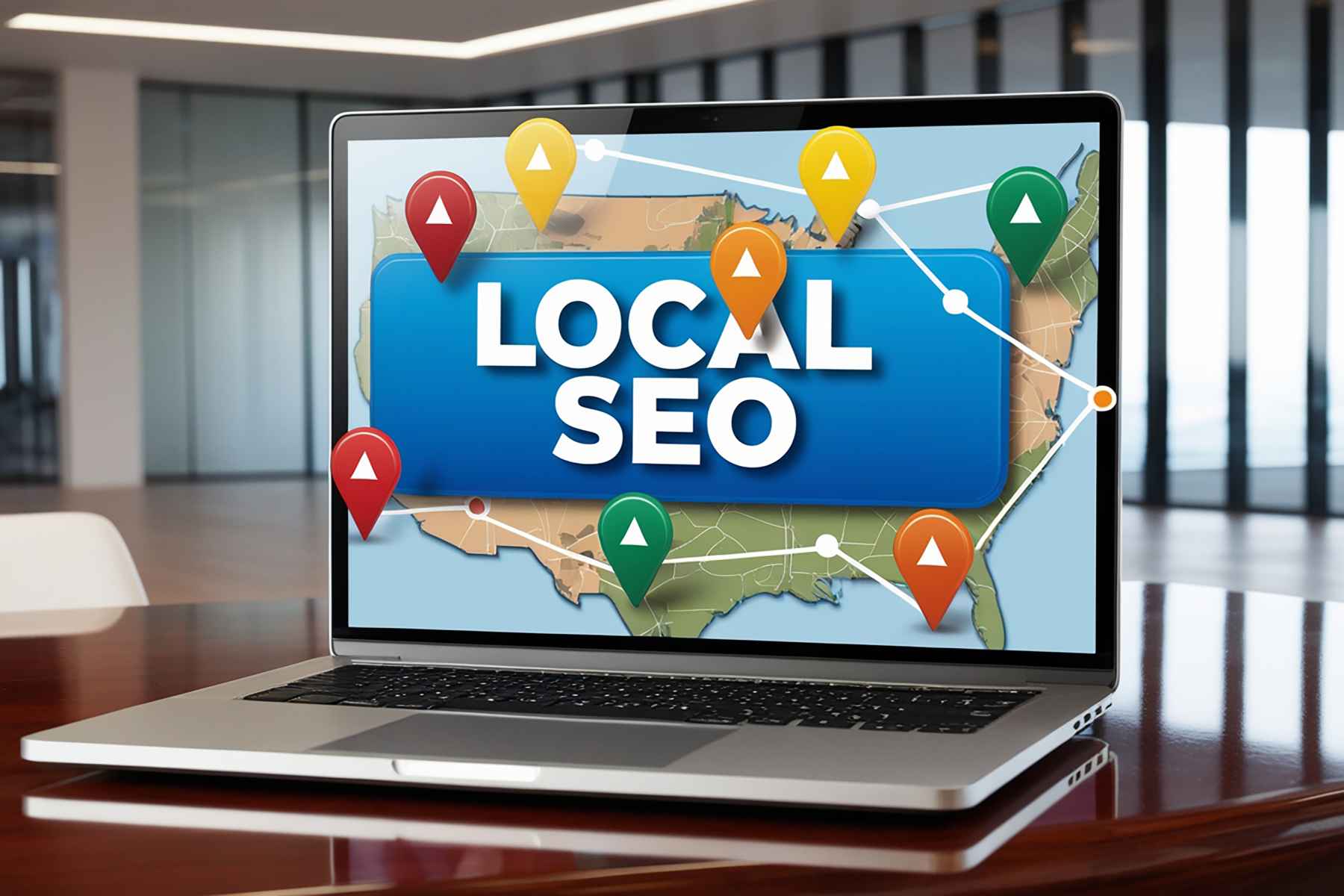Hey there! If you’ve ever felt overwhelmed by the term “digital marketing,” trust me, you’re not alone. With so many moving parts—SEO, PPC, social media, content marketing, email marketing—it can feel like a lot to take in. But here’s the good news: you don’t need to master everything at once to see results.
If you’re just starting out, this guide is for you. I’ll break down the key components of digital marketing, show you how to create a simple strategy, and give you some easy ways to track your success. Sounds good? Let’s dive in.
What is Digital Marketing (and Why Should You Care)?
At its core, digital marketing is all about using online channels to reach and engage your audience. Unlike traditional marketing (think billboards, TV ads, and flyers), digital marketing is more targeted, measurable, and cost-effective. Whether you’re running a business, launching a side hustle, or just curious about marketing, having a digital presence is non-negotiable in today’s world.
So, what are the key components of digital marketing? Let’s break them down.
The 5 Essential Pieces of Digital Marketing
1. SEO (Search Engine Optimization) – Get Found on Google
Ever wondered how certain websites always seem to appear on the first page of Google? That’s SEO in action. It’s all about optimizing your website so that search engines rank it higher when people search for topics related to your business.
a). Beginner SEO Tips:
- Use keywords that your audience is searching for (Google’s Keyword Planner is a great free tool).
- Make sure your website loads fast (slow websites get penalized).
- Publish helpful, high-quality content regularly.
2. PPC (Pay-Per-Click) Advertising – Instant Visibility
SEO is great, but it takes time to see results. That’s where PPC ads come in. Platforms like Google Ads and Facebook Ads allow you to pay to get your business in front of the right audience instantly.
a). Beginner PPC Tips:
- Start small with a daily budget (even $5 a day can work!).
- Use specific keywords to avoid wasting money on broad searches.
- Always track performance and tweak your ads for better results.
3. Social Media Marketing – Build a Community
Social media is not just for scrolling through memes—it’s a powerful marketing tool. Platforms like Instagram, Facebook, LinkedIn, and TikTok let you engage with your audience, showcase your brand, and even run targeted ads.
a). Beginner Social Media Tips:
- Choose 1–2 platforms (don’t try to be everywhere at once).
- Post valuable content (educational, entertaining, or inspiring).
- Engage with your audience—respond to comments and messages!
4. Content Marketing – Educate & Attract Your Audience
If SEO is about getting found, content marketing is about keeping people engaged. Blogs, videos, podcasts, and social media posts help build trust with your audience and position you as an expert in your field.
a). Beginner Content Marketing Tips:
- Write blog posts that answer common questions your audience has.
- Use videos (they get way more engagement than plain text!).
- Be consistent—posting once a week is better than posting five times one week and disappearing the next.
5. Email Marketing – Keep Your Audience Engaged
Email marketing is like having a direct line to your audience. It’s perfect for building relationships, promoting offers, and keeping people in the loop about your business.
a). Beginner Email Marketing Tips:
- Offer something valuable (a discount, a free guide, or exclusive tips) to encourage sign-ups.
- Keep emails short & engaging—no one likes long, boring emails.
- Use an email marketing tool like Mailchimp or ConvertKit to automate and track your emails.

How to Create a Simple Digital Marketing Strategy (Without the Headache)
Now that you know the basics, let’s create a simple digital marketing strategy that even beginners can follow.
Step 1: Set Clear Goals
What do you want to achieve? More website traffic? More sales? Brand awareness? Be specific. Example goals:
- Get 1,000 website visitors in 3 months.
- Grow an Instagram following to 500 engaged followers in 6 months.
- Increase email sign-ups by 20% in the next quarter.
Step 2: Choose Your Marketing Channels
You don’t have to use every platform—just pick what makes sense for your business.
- If you’re selling products, Instagram and Facebook ads could be great.
- If you’re offering services, focus on SEO, content marketing, and LinkedIn.
- If you want fast results, try a mix of PPC + social media marketing.
Step 3: Create & Share Valuable Content
No matter which channels you choose, you’ll need great content.
- For SEO → Write blog posts on topics your audience cares about.
- For Social Media → Create engaging videos, carousels, and polls.
- For Email → Send weekly or biweekly newsletters with useful updates.
Step 4: Track & Adjust
The best part about digital marketing? You can track everything. Use tools like:
- Google Analytics – Track website traffic & conversions
- Facebook/Instagram Insights – See which posts perform best.
- Email marketing tools – Check open rates and click-through rates.
If something isn’t working, adjust and try again—that’s the beauty of digital marketing!
Final Thoughts
Digital marketing may seem overwhelming at first, but it doesn’t have to be complicated. Focus on the essentials, stay consistent, and don’t be afraid to experiment. Whether you’re optimizing your website for SEO, running ads, posting on social media, or sending emails, the key is to keep learning and adapting.
Got any questions? Drop them in the comments—I’d love to help!







